
High five moves up to third place in international greetings
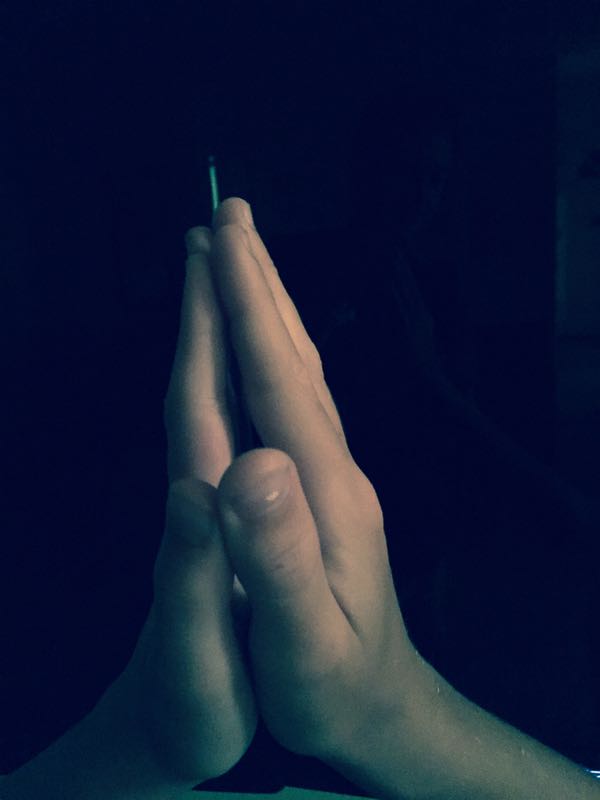
Latest data shows it moving up in the rankings as youth brings it to older generations.
Dusseldorf, Germany: city-wide cameras that were meant for crime analysis and prevention show new data that collects greetings among citizens.
Crime analysts bored with poring over thousands of hours of video from hidden cameras throughout larger cities started collecting other data and analyzing everything from greetings to percentage of men and women wearing hats and caps. In the multi-national study, it was revealed that traditional greetings such as handshakes were falling in usage compared to high fives and even hand slaps and knocks and fist bumps as popularized by famous sports figures.
- Smile
- Wave
- High Five
- Hand shake
The analysts, with nothing else to do as crime decreases in cities, went deeper into the interactions among people and their levels of perceived happiness or joy. While the handshake was a more formal affair, the high five brought on at least a smile if not even more enthusiasm from both parties involved.
If the high five was initiated to someone who wasn’t quite sure how to react, the initiator usually only waited a fraction of a second and, sometimes with a slight nod of the head or movement of the hand, would bring the other to return the raised hand with a good slap.
The most interesting part of the study was what happened afterwards. Whereas a smile returned by a smile was the top ranked greeting, it was usually quick and the video and sensors only registered a quick connection between the two people. The high five resulted in many more moments of interaction and brought about smiles and even congratulations as if they won a sporting event or did a task well.
Finally, the study showed that especially when engaged between individuals young and old, the connection brought about much more eye contact and enthusiasm than the smile and the wave combined.







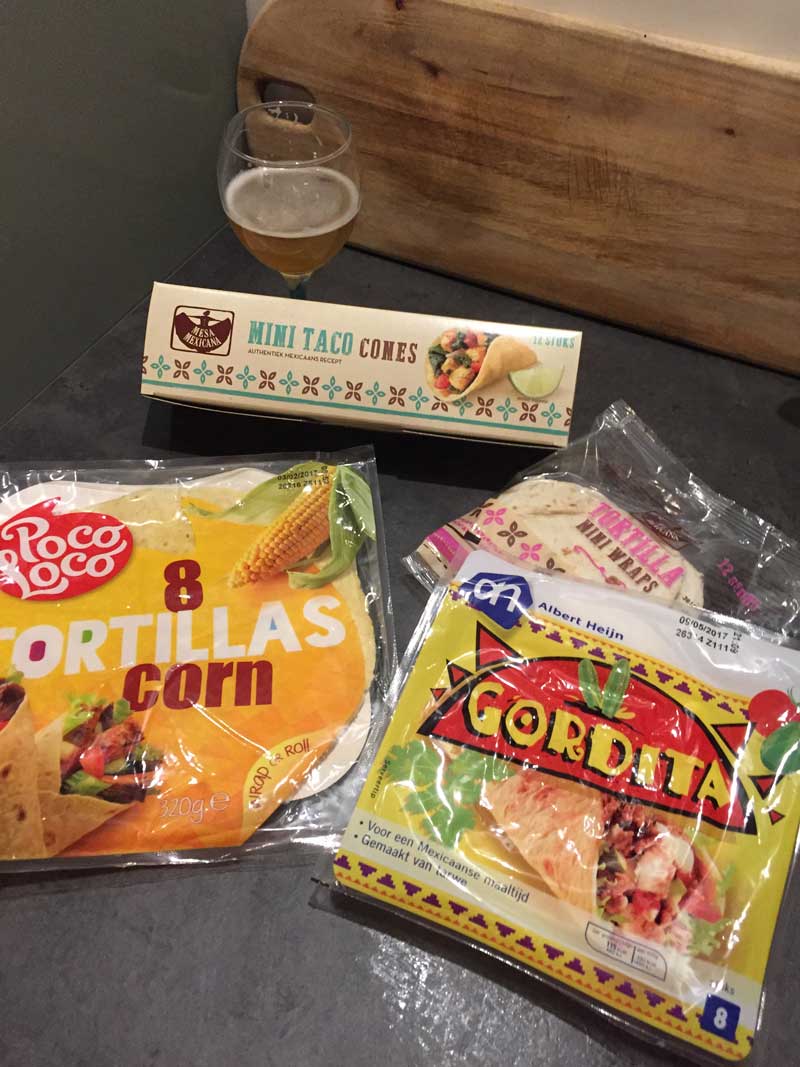


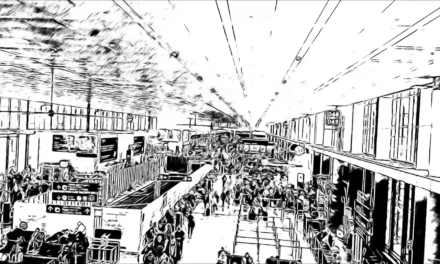




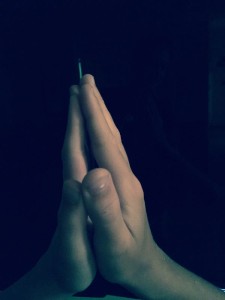






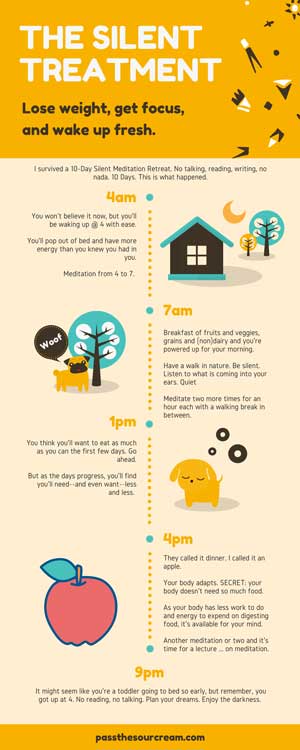







Trackbacks/Pingbacks